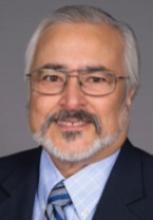- Home
- About Us
- News
- Resources
- Community Resources
- All About PAHs
- Infographics
- Videos
- Mercury, The Community, and Me
- Unsolved Mysteries of Human Health
- K - 12 Educational Materials
- Glossary of Project Terms
- Research Resources
- Zebrafish Model
- Passive Sampling Devices
- OSU Disaster IRB
- SRP Analytics Portal
- Multimedia approach to sampling and Health Risk Assessments
- Indigenous Risk Assessment
- Community Topics
- Our Research
- Support Cores














